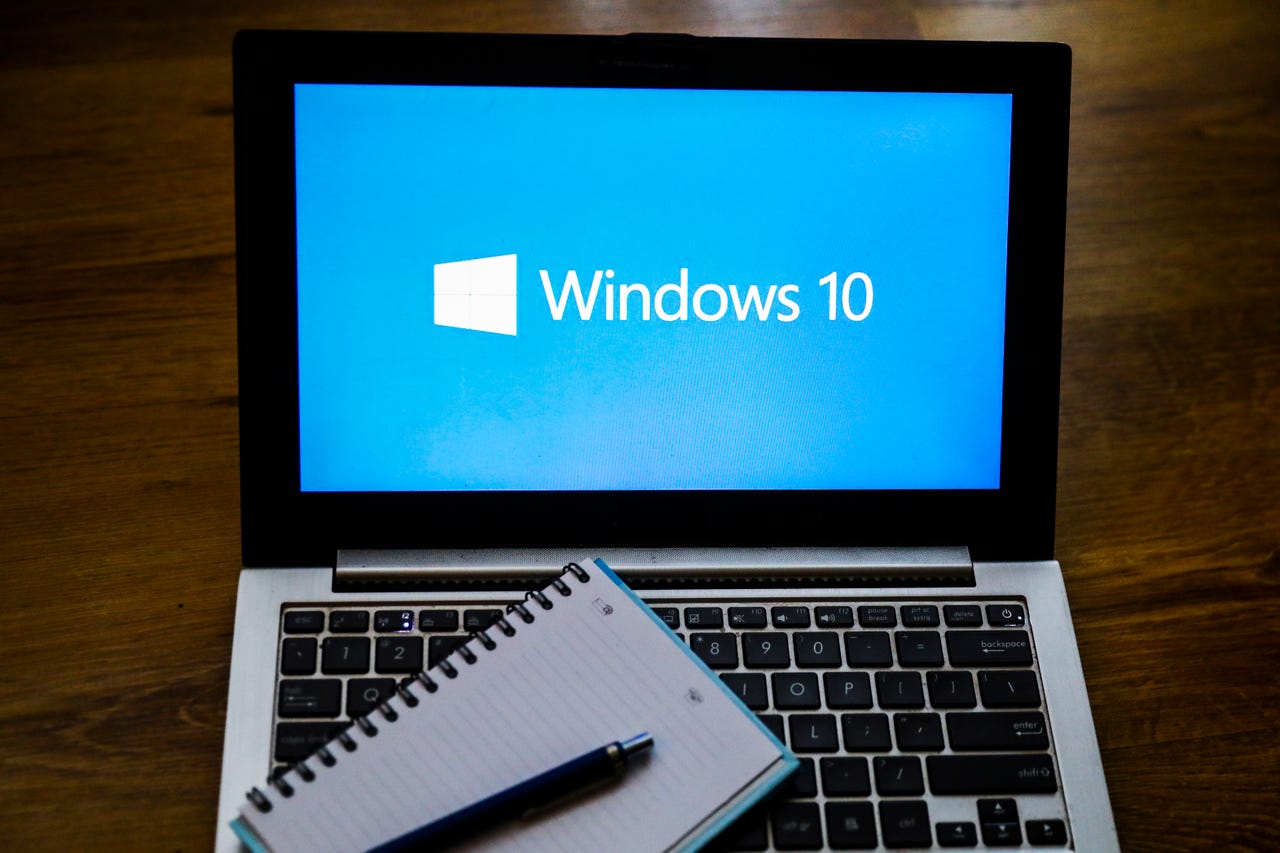
































We all know that some perfectly good Windows 10 PCs can't be upgraded to Windows 11. But did you know that Canalys Insights estimated there are 240 million Windows 10 PCs doomed to the trash heap because they can't be upgraded to Windows 11 after Microsoft dumps Windows 10 support on October 14, 2025? Wow. That's a lot.
And, it may be worse than that. According to IT asset management firm Lansweeper's count, 40% of all enterprise workstations can't make the upgrade, which would put the number of Windows 10 PCs counting the day to their death to about 400 million.
Also: When Windows 10 support runs out, you have 5 options but only 2 are worth considering
Why? Well, it's because many older Windows 10 machines don't have the CPU or the Trusted Platform Module (TPM) needed for Windows 11. The TPM isn't usually a problem, but if you have a PC from 2019 or earlier, the CPU is likely to be unsupported.
So, what's a user to do when his or her Windows machine can't make the grade? Well, here's one choice you shouldn't make: Do not just keep running Windows 10 come the fall of 2025. Your machine will be hacked. There's no ifs, ands, or buts about it.
What Microsoft and its hardware friends want you to do is just buy a new PC. They hope you'll buy, say, a thousand or two, but they'll sell you one or two as well. They're not proud.
Or, you could gird your loins and hack your way to installing Windows 11 on your PC even though, officially, Microsoft won't support you if you try this trick. It's a bit complicated upgrading an unsupported Windows 10 PC to Windows 11, as 's resident Windows expert Ed Bott explains, but it's not that hard either.
There's also an open-source program, Rufus, that makes it easy to bypass the Windows 11 system check. This bootable USB drive creation program gives you the option of skipping Windows 11 system requirements when you try to do an in-place upgrade.
Then, of course, there's my suggestion: Move from your soon-to-be-outdated Windows 10 to Linux. Yes, I know you've been told that Linux is hard to use and hard to install. It's not.
Also: Thinking about switching to Linux? 9 things you need to know
Sure, back in the '00s, you needed to be a Linux shell command wizard to install it and run its software. That was a long time ago. Today, anyone can run Linux. Heck, more than a decade ago, I taught a 79-year-old how to run Ubuntu Linux, and we didn't even share a common language!
Another advantage of running Linux is that your PC will never be left behind. I have computers in my office that are more than a decade old that came with Windows XP on them, and they're still running up-to-date Linux to this day.
If you really can't see yourself learning Linux, how about ChromeOS? You can use a web browser, right? Of course you can.
Thanks to ChromeOS Flex, you can take pretty much any PC from the last decade or so and get it running ChromeOS. I upgraded a Dell Inspiron One 2320 with Windows 7 to ChromeOS Flex. This all-in-one (AIO) 2012 computer has a 2.4Ghz Intel Pentium Dual Core i5 processor, 6GBs of RAM, NVIDIA GeForce GT525M, and a 320GB hard drive, and it's a great ChromeOS machine, which I use as my Zoom workstation every day.
Also: Linux might be your best bet for heightening your desktop computer security
You can install and run ChromeOS Flex on any PC with a 64-bit processor, 4GBs of RAM, 16GBs of storage, and can be booted from a USB drive. It's easy-peasy to move any Windows machine to ChromeOS Flex.
Oh, there's some Windows application you just can't live without? Leaving aside that all the software companies are dumping standalone applications in favor of Software-as-a-service (SaaS) applications such as Microsoft 365, you can now run essentially any Windows app on Chromebooks. Cameyo and Google's new Virtual App Delivery (VAD service) enables you to run "legacy apps" on any Chromebook. There, they will appear as Progressive Web Apps (PWA). Microsoft uses this cloud-based approach itself to deliver applications.
For that matter, if you still have an Intel-powered Apple Mac and you're beginning to get nervous about when Apple will cut its support lifeline -- unlike Microsoft, Apple doesn't tell you when it will end hardware support -- you can also move your Mac to ChromeOS Flex. There's nothing remotely complicated about it.
Also: These two Linux desktops are the simplest picks for new users
By the way, neither Linux nor ChromeOS Flex will cost you a single dime. They're free now and forever.
You could, of course, just buy support for your Windows 10 machine. Microsoft has promised to offer Extended Security Updates (ESUs) for Windows 10. How much will that run you? We don't know. Microsoft isn't saying.
In the past, Microsoft didn't offer any ESU for Windows 8.x. For Windows 7, ESU's price tag started at$25 per machine per year and then ramped up to$200 per device in year three. Those plans were messy. You couldn't get them straight from Microsoft. You had to find a Microsoft partner willing to work with you. For small businesses and individuals, that proved to be a major pain.
Finally, a company called OPatch offers customized patches for out-of-service operating systems. For example, 0Patch offers Windows Server 2012 support until 2026, while Microsoft dropped support for it in October 2023. It's expected the company will offer Windows 10 support as well for about$25 a year.
So, don't trash your old Windows 10 PC! There are many ways to give them a long, useful life after Microsoft has left them behind.
 Tags quentes :
Tecnologia
Tags quentes :
Tecnologia